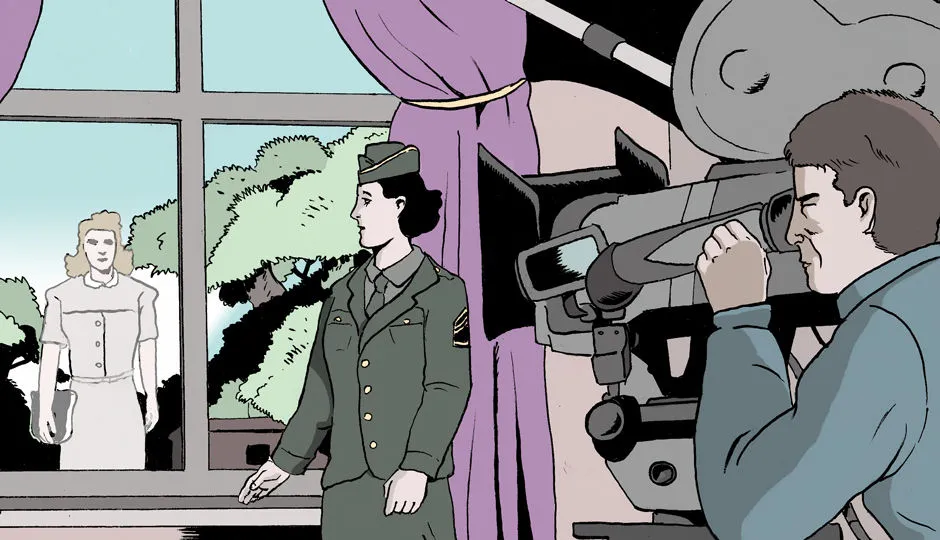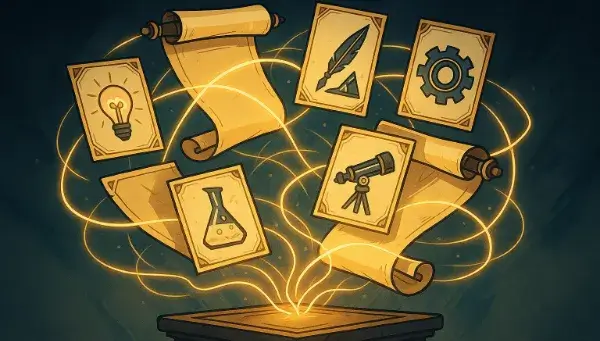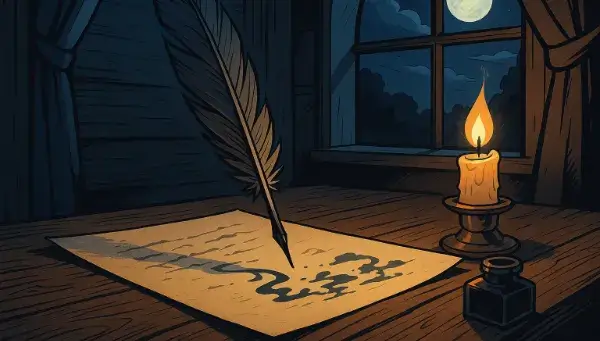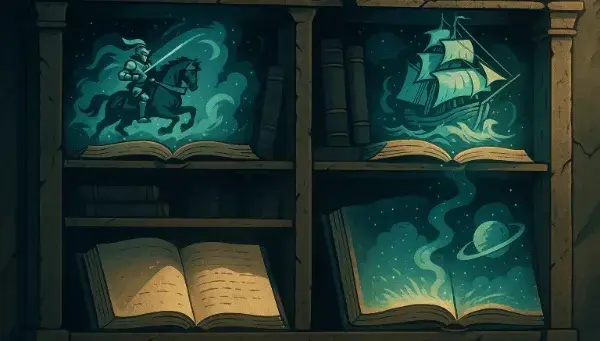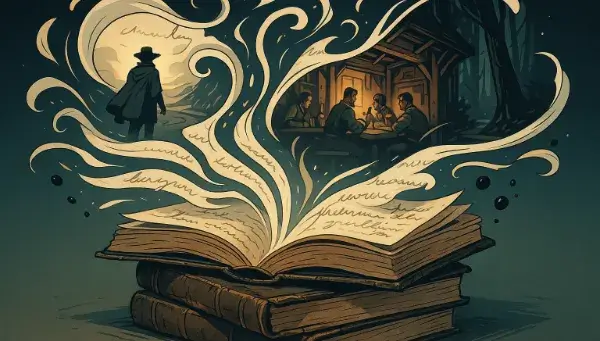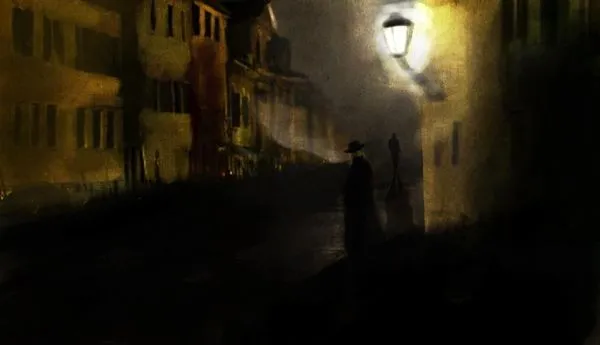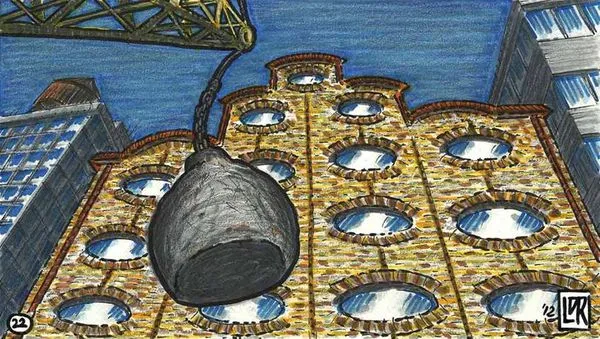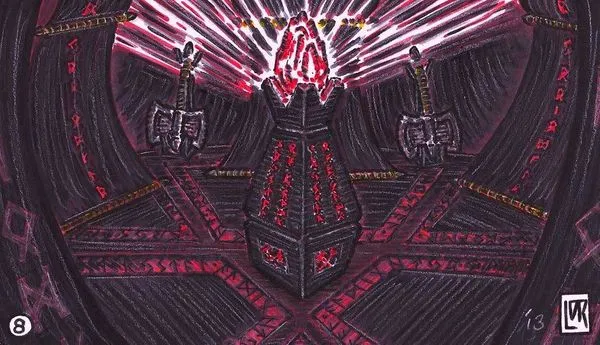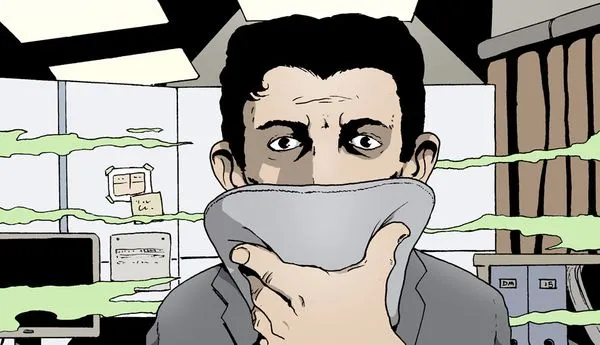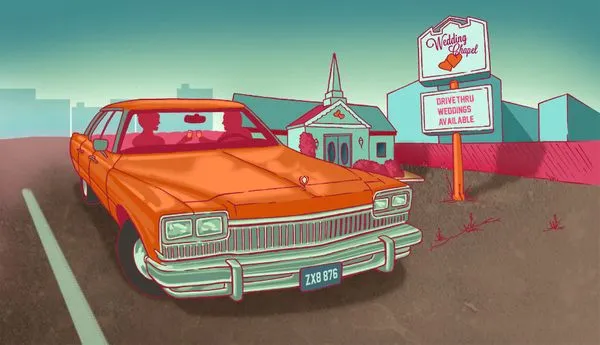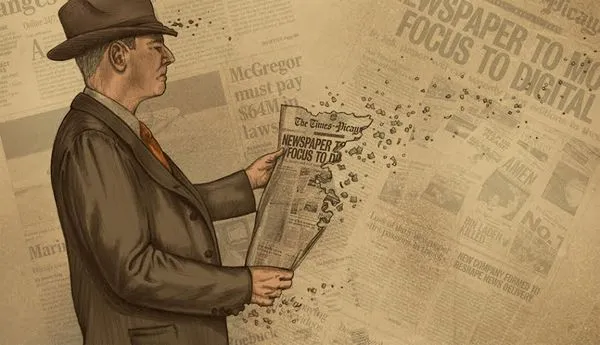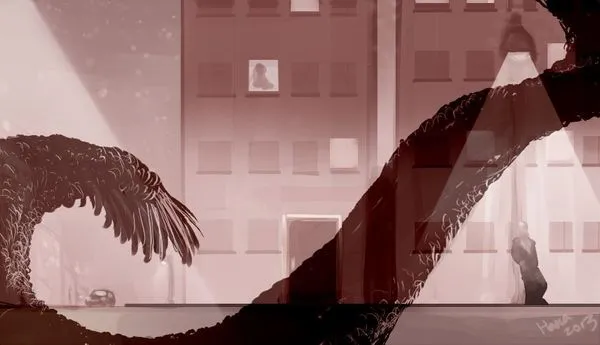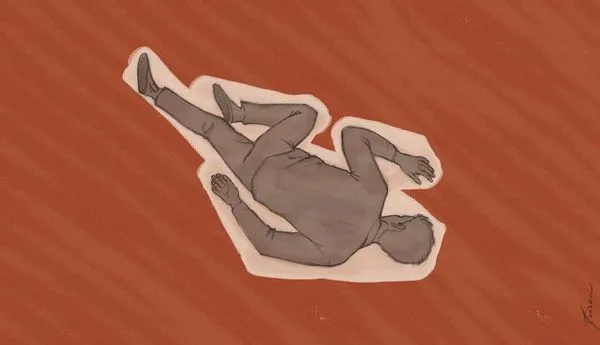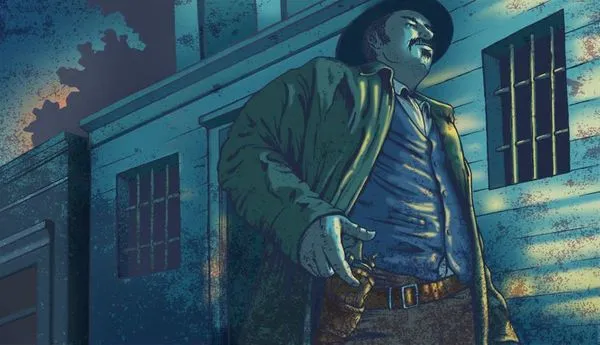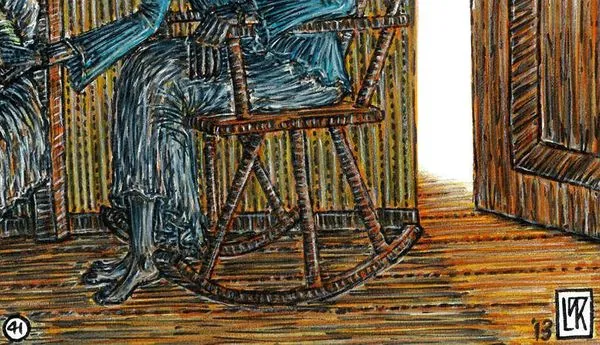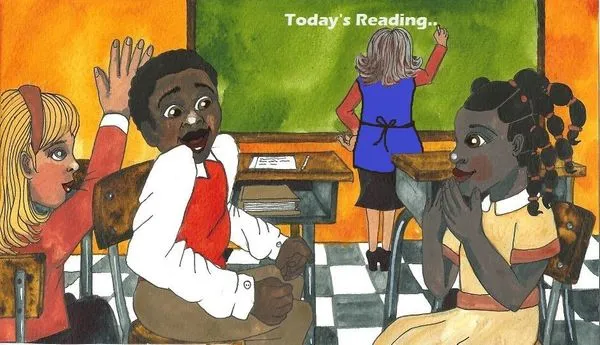Follow Focus
Published on 2017-10-05
The cinematographer brought key crew members with him from New York, but he lost his first assistant camera yesterday in an accident. I’m the replacement the local film board sent out. He’s stuck with me.
“All I need you to do is pull focus,” the guy tells me. “I’ve already built the camera.”
No ‘How you doing? Did you find the craft table and get some coffee?’ This guy is all business.
He walks away to direct the repositioning of a light on the talent, a young woman in a World War II WAC uniform. He is talking to her about her movement through the scene. This guy is doing everything. He is the gaffer, director, cinematographer, camera operator. There’s a full crew ready to contribute their expertise, but he’s the one doing all the key work.
The set is the actual lobby of a hotel, a section of which has been transformed to match the war period. I walk over to where the director is talking to the talent so I’ll know how complicated my follow focus will be. I recognize the talent. She gives me a slight nod.
When the director sees me, he says, “Let’s block this. We gotta get shooting.” He strides toward the camera, and I quickly follow.
We sit on the camera dolly, he behind the camera and me on the side with a focus wheel. We put Sharon (the talent) in her start position and focus, and I mark it on the wheel. Sharon moves to her end position, and the dolly grip pushes us along the track as we follow. I make another mark. By gradually racking the focus from the first mark to the second as the camera dollys, I’ll keep the shot in focus throughout the entire movement.
“Makeup!” the director hollers, and a woman quickly appears.
“Finish her up so we can get this shot in the can,” he instructs and stomps off.
Sharon calls me over. “This guy is really in a hurry,” I say.
“He is driven,” Sharon says while the makeup artist works. “Have you seen the script?”
I shake my head.
“He wrote it. It’s all about his mother. We’re shooting in Philadelphia because this is where she shipped out when she went overseas during the war. He was just a kid, and she never came back. He’s making this film to tell what he thinks happened to her, and nothing is going to get in the way.”
“Places everybody. Let’s go,” he calls.
The dolly grip has the camera in the start position, and I quickly take my seat.
“Mark it.”
“Scene 13, take 1.”
The clapboard snaps shut.
“Action.”
Sharon starts her move and we follow, me racking focus slowly to the final position where she stares out the lobby window, a look of anguish on her face. It is a perfect take until a woman appears in the window.
“Well, she ruined a beautiful shot.”
“Who?”
“The woman in the window.”
“I didn’t see any woman. I’ve got someone outside to keep people away from the window. You must have seen Sharon’s reflection. To be safe, let’s go again.”
We quickly reset for Take 2.
I can’t follow focus and watch the window too, but as soon as the shot lands I look out, and there she is, but this time I could tell the woman wasn’t really outside. She appeared more like a reflection.
“Well?” the director asks.
“Still saw her.”
“Come on,” he says. I follow him to a small room set up for video editing. This arrangement was saving the production company time, as they could evaluate and rough assemble scenes while waiting for the film to come back from the lab.
I am able to watch the window throughout the duration of both takes. They are clean, even at the end. I’m perplexed.
“The woman, what did she look like?” the director asks.
“Young, attractive, dressed in old-fashioned clothes.”
The director pulls a picture out of his shirt pocket. “Anything like this?”
It’s the woman in the window. “Exactly! Except for a worried look.”
“It’s my mother. She’s been showing up a lot on this picture. It’s about her life, and I think she wants to make sure I get it right. I’m paying attention, and I think she’s gonna like it. Besides me, you’re the only one whose ever seen her.”
He looks at me and smiles. “I think she wants your keen eye on follow focus, so let’s go finish it.”

